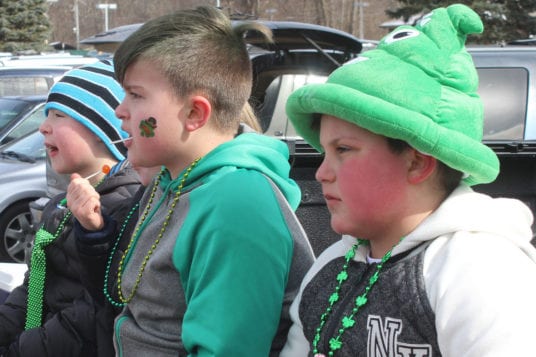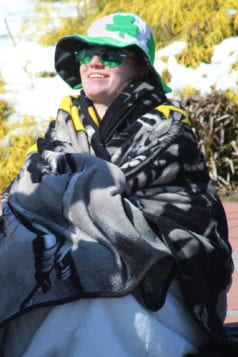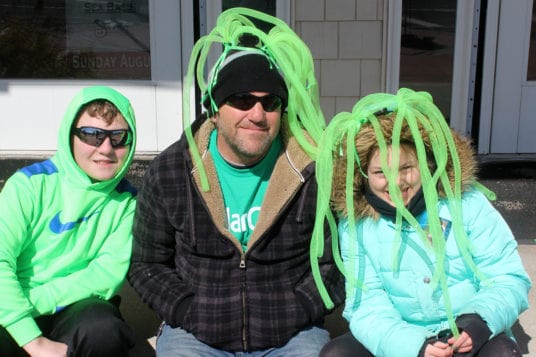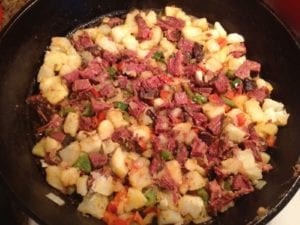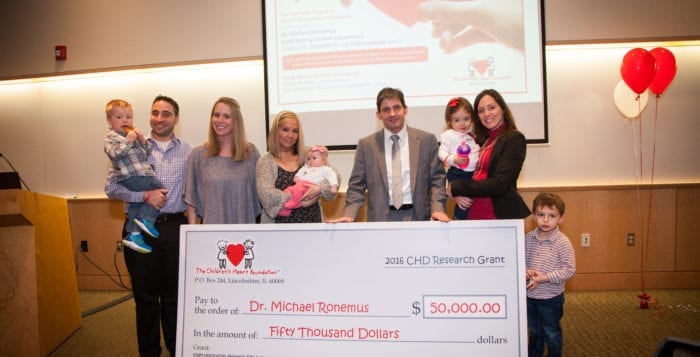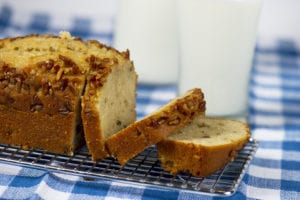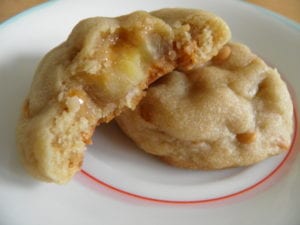By Michael Tessler
Raw, imaginative, thought-provoking and brave. Unafraid to push the envelope and tackle some of society’s most dynamic and difficult issues. At times, irresistibly funny, wildly inappropriate and enormously fun. There are so many ways to describe Theatre Three’s Festival of One-Act Plays but ultimately it comes down to this: theater at its absolute finest.
Tucked below the main stage of Theatre Three’s Athena Hall is a black box theater named after the late Ronald F. Peierls. This second stage creates a wonderfully intimate atmosphere for the audience and provides a perfect venue for all seven shows.
Since the 1998 to 1999 season, Theatre Three has received an incredible 8,000 one-act play submissions. Of those entries, it has presented 113 world premieres by 79 different playwrights. What you’re seeing really is the best of the best.

One-acts, for those who are not familiar, are just that — a single-act show. Often varying in length and subject matter, they are given the flexibility to tackle things playwrights would usually be unable to address with a mainstage production. In my mind, a great one-act is a lot like the center of an Oreo. They skip all the fanfare and get right to the creamy good stuff in the middle. They rely not on orchestra pits, colorful costumes or dynamic sets but rather on vigorous acting, quality writing and superb direction.
“Counting Sheep” by Jae Kramisen, “How Does It Feel to Be a Problem?” by Patrick Gabridgen, “The Kitchen Fairy” by Scott Gibson, “Lower Education” by Lewis Shilane, “A New Lease” by Tony Foster, “Upset over Nothing” by Robin Doupé and “When Driven” by Melanie Acampora all made their debut last Saturday afternoon. These writers vary in age, gender and at least one was from out-of-state.
Just prior to the premiere I had the opportunity to talk to Theatre Three actress and playwright Melanie Acampora. “I started writing three years ago” delving into the process of creating a one-act. It’s less pressure than acting,” she said. One of the hardest parts of writing a script is seeing how it’ll be adapted. When asked if she was pleased with Theatre Three’s adaption, Acampora replied,“It’s even better than in my head, thanks to Jeff [Sanzel].”

Sanzel, the festival’s founder and director of all seven shows, proves once again what enormous talent we have right here on Long Island. His skills transcend genre and are wonderfully on display — up close and personal for the whole audience to enjoy. How a person could direct so many shows while finding time to sleep is beyond me!
This emotional roller coaster will have you leaving the theater with a newfound appreciation for playwrights. Unlike the bravado of Broadway, they cannot hide behind the pomp and circumstance of massive musical numbers or high-priced sets (although I do love a good ole’ kickline).
Each show’s success depends almost solely on its craftsmanship and its cast. That being said, there was not a single actor I didn’t love during these seven performances. Many of the actors took on not just one role but several in multiple shows, displaying their incredible capabilities and range as performers.
Whether you are a theater aficionado or a first-time theatergoer, get yourself a ticket before they sell out. This wonderful experience is only on stage for a limited time. To the playwrights, my hat is off to you, brava and bravo. Hoping to see more of your work soon!
Theatre Three, 412 Main St., Port Jefferson, will present The 20th Annual Festival of One-Act Plays through April 1 at The Ronald F. Peierls Theatre on the Second Stage. Tickets are $18 per person. To order, call 631-928-9100 or visit www.theatrethree.com.
Please note: Adult content and language. Parental discretion is advised.
















